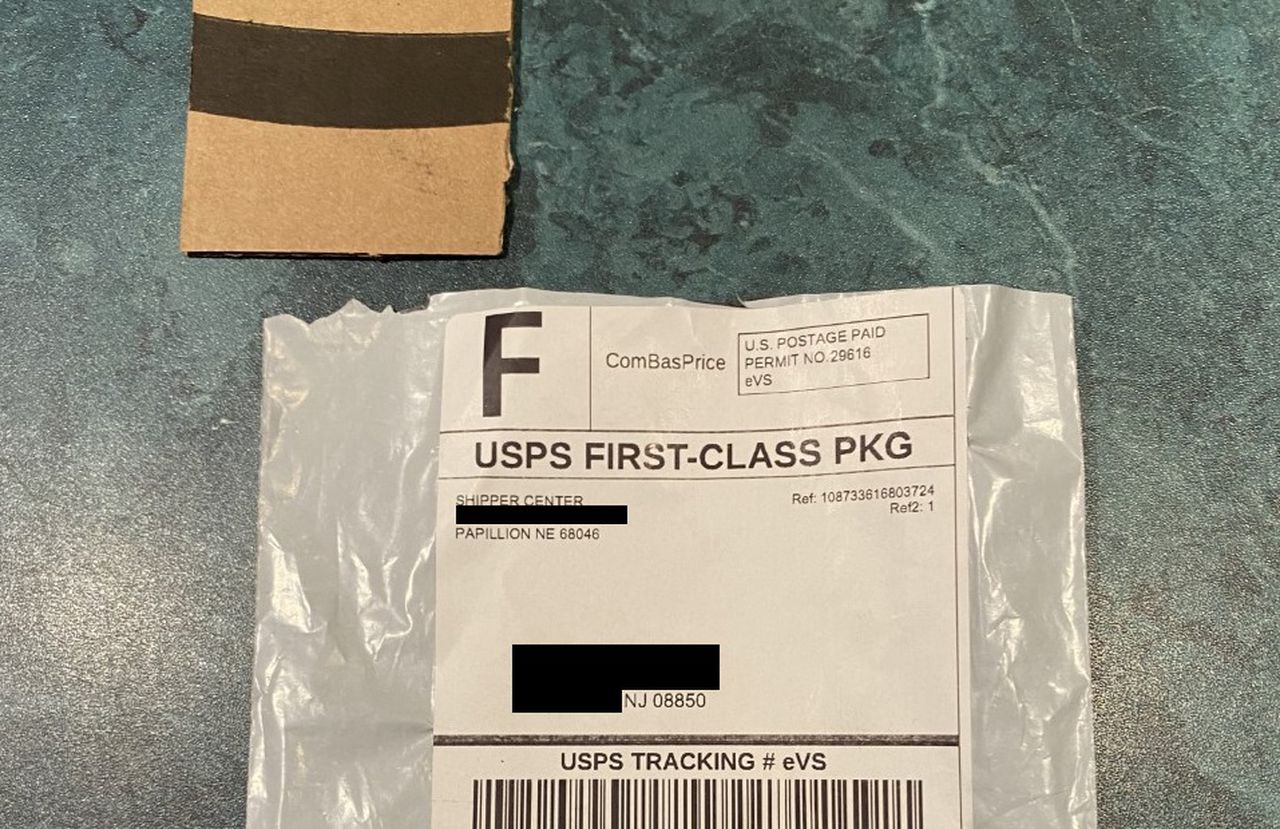
What could be better than opening your mailbox and finding an unexpected package? Surprises are great but in this case, it could be another scam.
According to the U.S. Postal Inspection Service, unsolicited deliveries – either by mail or at your door – can be part of a larger scam known as brushing. The practice is illegal in the U.S. and can expose the recipient to identity theft.
Here’s how it works:
A person receives a package or packages that contain various items that were not ordered or requested by the recipient. The package is typically addressed to the recipient but there’s no return address or the return address is an unfamiliar retailer. The sender is usually an international, third-party seller who has probably found the recipient’s address online.
The sender’s intention is to give the impression the recipient is a verified buyer who has written positive online reviews of the merchandise, resulting in fake posts written in the recipient’s name. The fake reviews help to fraudulently boost or inflate the products’ ratings and sales numbers, giving the company greater validity.
Since the merchandise is usually cheap – or even worthless – it’s an inexpensive tradeoff for the company.
The U.S. Postal Inspection Service said while brushing may seem like a victimless crime, the reality is your personal identification may already be compromised. Often scammers obtain personal information through nefarious means and with ill intentions, USPIS warns, and use it for a number of scams and other illicit activities.
In some cases, the senders also use the person’s address and account information to receive merchandise and then steal it from a home before the resident receives it. Or, at the very least, your fake review can prompt people to purchase worthless stuff and, possibly, expose their personal information.
READ MORE: What is Smishing? U.S. Postal Service issues new warning
How to prevent brushing
There are things you can do to protect yourself if you receive an unsolicited package:
- Don’t pay for the merchandise, even if you are contacted and pressured.
- If your package is marked with a return address and it is unopened, mark it “return to sender” and return via the mail.
- If you opened it, just toss it in the garbage. If you want to keep the item, you are allowed to. According to USPIS, you may keep unsolicited merchandise and are under no obligation to pay for it.
- Change your account passwords. Your personal information may have been compromised. You should also closely monitor your credit reports and credit card bills.
- If you are wary of the contents inside an unsolicited package, you should report it to the USPIS on the Suspicious Mail page.
- If unsolicited merchandise arrives from Amazon, eBay or a third-party seller, go to that company’s website and file a fraud report. Ask the company to remove any fake reviews under your name.






